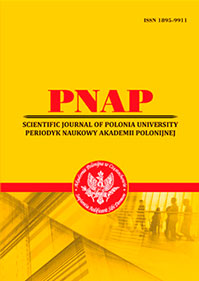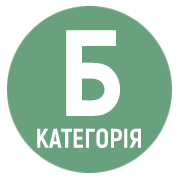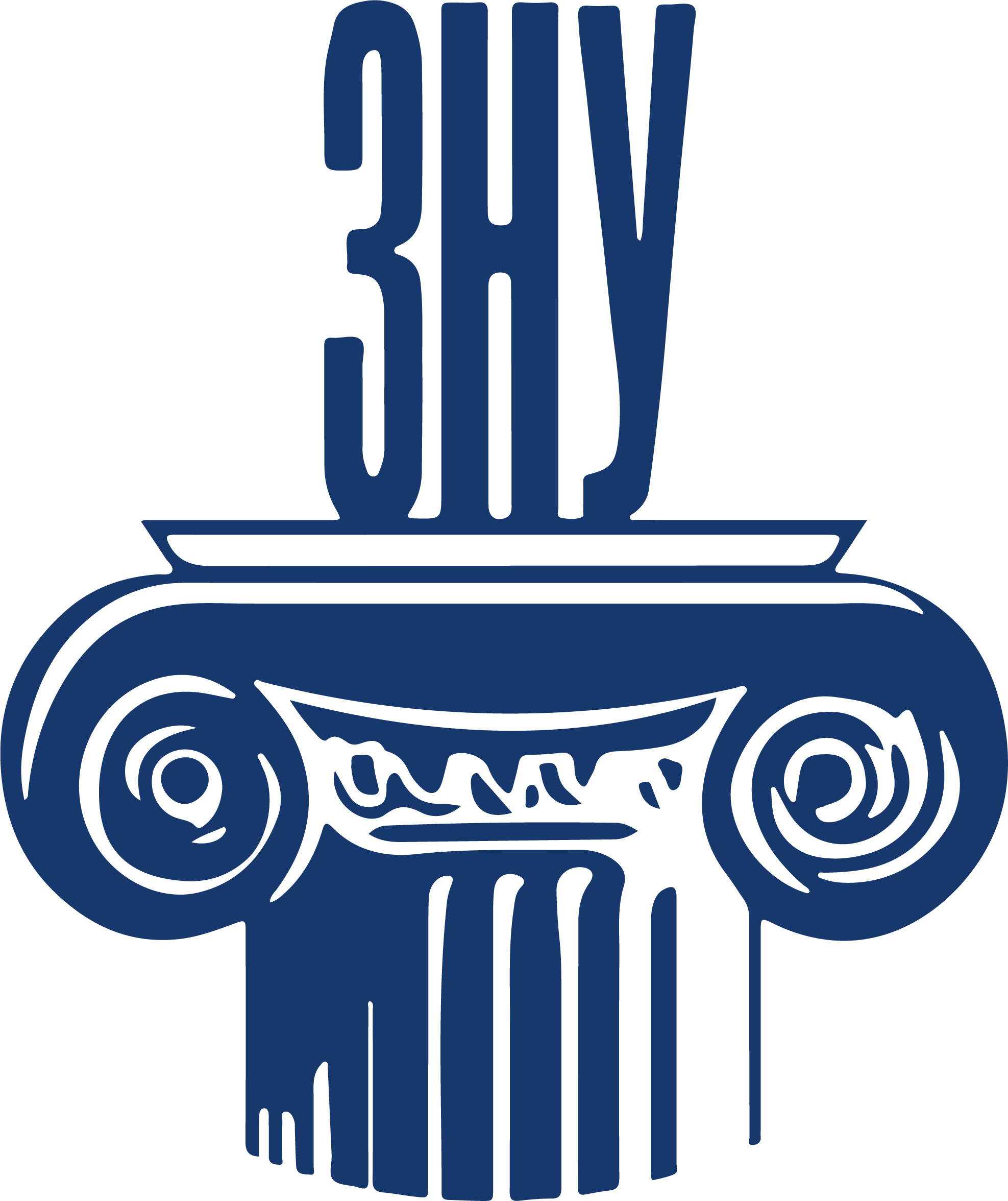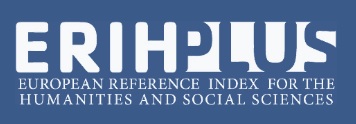СТИЛІСТИКА ОФІЦІЙНИХ ПРОМОВ А. МЕРКЕЛЬ
Анотація
У статті текст публічної промови трактується як соціальна дія суб’єкта, який формулює свої комунікативні інтенції відповідно до ситуації та соціокультурних умов спілкування, а також до загальної стратегії мовної поведінки та тактики взаємодії з адресатом. Сучасний стан лінгвістичної парадигми характеризується антропоцен- тричним підходом, сутність якого полягає у зверненні до ролі людини в процесі породження та сприйняття мови. Особливу роль відіграє вияв- лення та вивчення найбільш ефективних засобів оптимізації вербального впливу на слухача, що є значним внеском у розвиток культури мовлення та політичної комунікації. У статті стверджується, що динаміка суспільного розвитку тягне за собою зміни в сфері політичної комунікації й постійно висуває нові вимоги до мови. Створюється нове поле для формування відносин між державою та суспільством, між політиками та громадянами. У контексті таких зру- шень на перший план виходить не тільки лінгвістичний аналіз публічних промов А.°Меркель як окремого жанру політичного дискурсу, але й ана- ліз соціально-політичних обставин, за яких вони створюються. Теоретичну основу дослідження становлять праці українських і зарубіж- них фахівців у галузі: політичної лінгвістики та політичного дискурсу (А.П. Чудінов, Е.І. Шейгал), теорії риторики (Т.В. Нагорська, М.А. Чеку- нова), жанру публічної промови (М.О. Діденко, М.С. Дорофеєва, Х. Шой- рле), теорії стилістичних фігур (І.Н. Чеплигіна, І.І. Радченко, К.А. Кия- нова), функціональної стилістики (І.Ю. Ковальчук, А.П. Сковородніков). Вказується на те, що кожен із проаналізованих образних мовних засо- бів має значні можливості для уточнення прагматичних інтенцій мовця і для посилення впливу оратора на слухацьку аудиторію. Обґрунтова- ність отриманих результатів забезпечується значною кількістю проа- налізованих німецьких прикладів (понад 400 мовних одиниць), а також застосуванням комплексної методики аналізу, із залученням сучасних комунікативно-прагматичних, дискурсивних методів і їх поєднанням із традиційними описовими прийомами.
Посилання
2. Scheuerle Ch. Die deutschen Kanzler im Fernsehen. Theatrale Darstellungsstrategien von Politikern im Schlüsselmedium der Nachkriegsgeschichte. Bielefeldt: transcript Verl., 2009.
3. Osang A. Ankunft in der neuen Mitte : Reportagen und Porträts. Berlin : Links, 2000.
4. Чеплыгина И.Н. Повтор как структурное средство актуализации в языковой картине мира В. Набокова. Ростов н/Д : ИУБиП, 2002. 131 с.
5. Радченко И.И. Повтор как средство реализации лингвистической категории экспрессивности в тексте газетной статьи. Научная мысль Владикавказа. Владикавказ, 2013. С. 129–134.
6. Разинкина Н.М. Об одном из способов синтаксической организации научной прозы (стилистический прием параллелизма). Лингвистика и методика преподавания иностранных языков. Сб. ст. Москва, 1976. С. 59–90.
7. Солганик Г.Я. Стилистика текста : учеб. пособие. 9-е изд. Москва : Флинта: Наука, 2009. 256 с.
8. Чудинов А.П. Современная политическая коммуникация. Екатеринбург : УрГПУ, 2009. 292 с.
9. Багдасарова А.Р. Явление парцелляции в освещении современной лингвистики. Молодой научный работник. Ереванский госуниверситет, 1977. № 3. С. 21–25.
10. Рогова К.А. Синтаксические особенности публицистической речи. Ленинград : Изд-во Ленинград. ун-та, 1975. 71 с.
11. Швец А.В. Публицистический стиль современного русского литературного языка: о некоторых особенностях синтаксического строя современной газетной речи и тенденциях ее развития. Київ : Вища школа, Изд-во при КГУ, 1979. 127 с.
12. Reden von A. Merkel. URL: https://w w w . b u n d e s k a n z l e r i n . d e / b k i n - d e / aktuelles/866580!search
 ISSN
ISSN 


.png)



